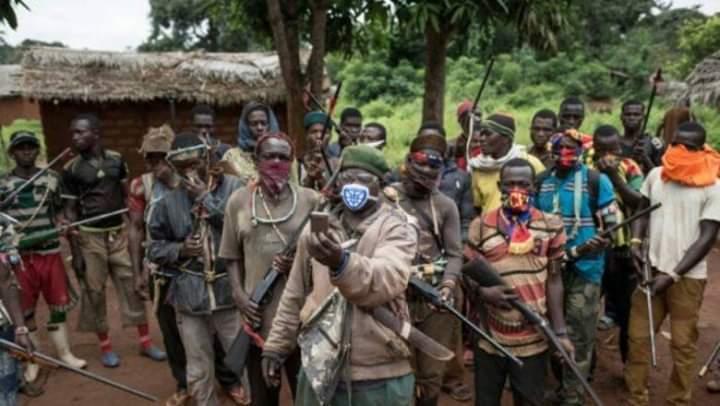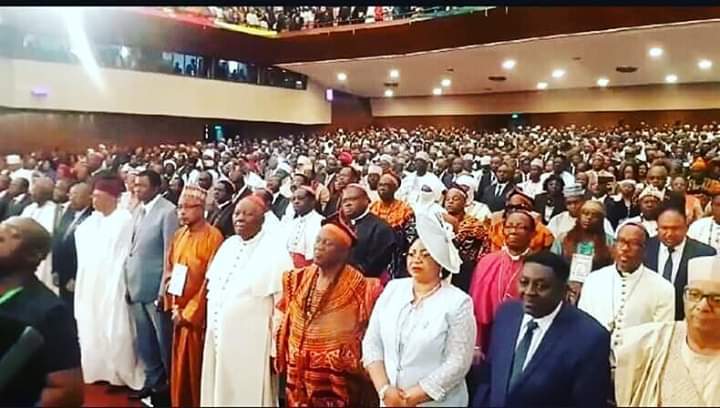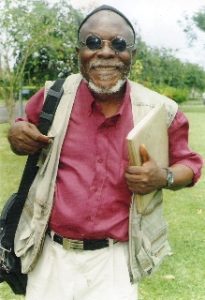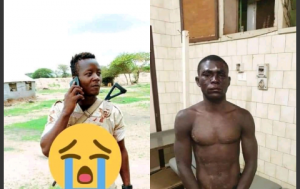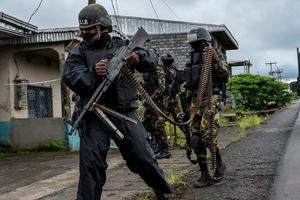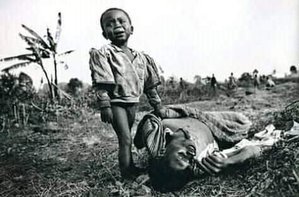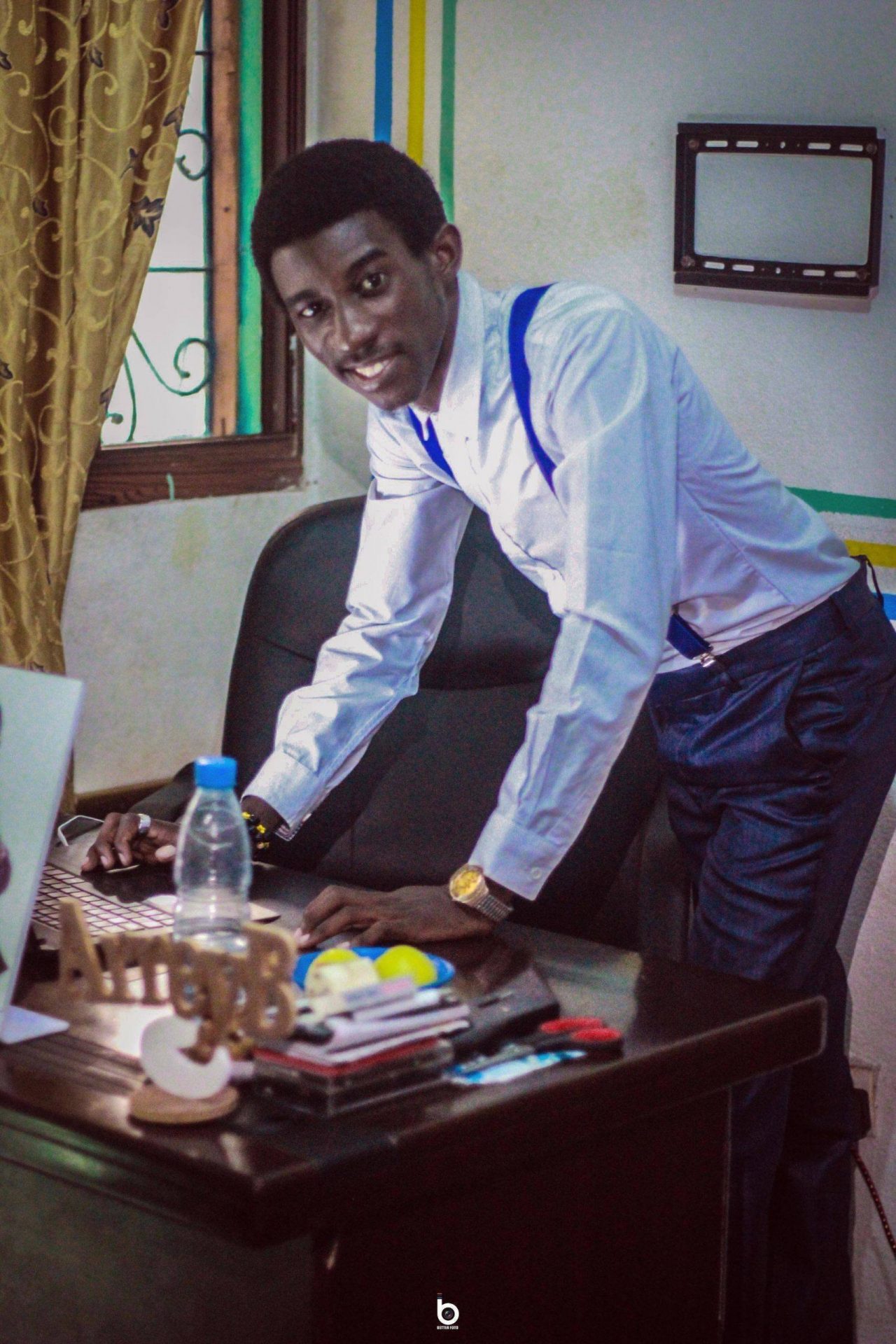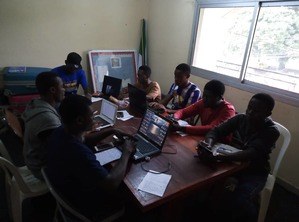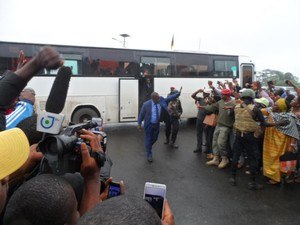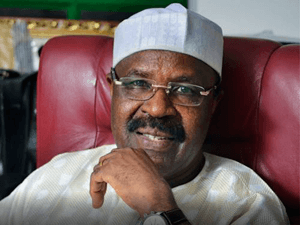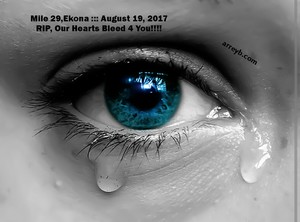By Arrey Bate Arrey
A blood bath caused by reckless reaction to a peaceful strike started by Lawyers and teachers demanding reforms in 2016, the Cameroon Anglophone crisis has claimed more than two thousand lives, over two hundred villages burnt and more than half a million people displaced – this is the story of the Cameroon Anglophone crisis, a bloody fight with military and separatist nuts behind the bolt and a giant spiel in the name of dialogue to solve the fray.
While talks for dialogue convened by the 86-year-old incumbent President Paul Biya are ongoing, today equally marks two years since Cameroonians from Northwest and Southwest regions declared a symbolic independence of a country they call Ambazonia.
Also known as Amba Land, Ambazonia is a secessionist entity claiming the Anglophone portions of Cameroon, the territory which previously comprised Southern Cameroons.
The Southern Cameroons was formerly the United Nations Trust Territory of Southern Cameroons under United Kingdom administration from 1922 to 1961, which in 1961 voted to become independent from the United Kingdom by federating with the French-speaking Republic of Cameroon.
In this article, this reporter walks you through the start of the Cameroon Anglophone crisis since 2016, a prelude to the major activities, run down of bloody battles, reactions by government and international bodies, the national dialogue which has been criticised by many as a grand show or monologue organized in the absence of separatist who constitute the table shakers and main actors of the Cameroon Anglophone crisis.
How It Started !
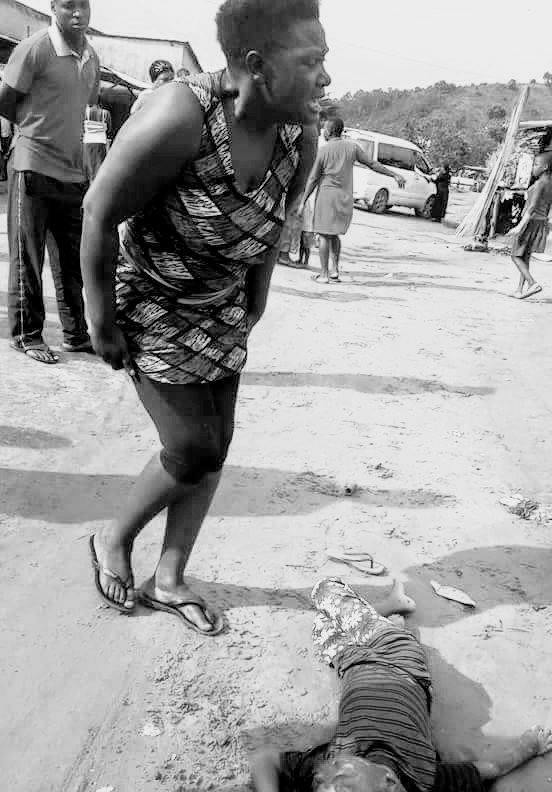
The Anglophone Crisis also known as the Ambazonia War is a conflict in the Southern Cameroons region of Cameroon which began in 2016 with a strike by lawyers and teachers who demanded reforms in the legal and educational sectors respectively.
Their peaceful strike action in major English speaking cities like Bamenda and Buea was received with harsh military actions of beating and teargassing.
This lead to the formation of the Cameroon Anglophone Civil Society Consortium (CACSC), a movement headed by Bar Agbor Bala as president and Dr Fontem Neba as secretary General.
CACSC consisted of lawyers and teacher trade unions in Southern Cameroons.
They opposed what they saw as threats against the language and common law system in the Anglophone regions, particularly the use of French in schools and courtrooms.
On October 6, 2016, the organization started a sit-down strike, which was supported by peaceful protests in the cities of Limbe, Buea and Bamenda.
This initiated the 2016/2017 Cameroonian protests. The government responded violently by having military beat and teargas armless demonstrators; within a week, more than 100 of these demonstrators and activists had been arrested and six were reported dead.
In January 2017, the Cameroonian government created a committee to enter a “dialogue” with members of the CACSC led by Tassang Tilfred (a teacher).
At the first meeting, the CACSC refused to talk until the government released all activists who had been arrested. This was followed by more arrests, drawing condemnation from Consortium members.
CACSC presented a draft proposal for a federal state with autonomy for the Anglophone regions. As a response, on January 17, CACSC and the Southern Cameroons National Council were branded as threats to the unity of Cameroon and banned through a ministerial decree signed by minister René Emmanuel Sadi.
A few days later, CACSC leaders Agbor Balla and Fontem Neba were arrested in Buea and taken to Yaoundé.
Drift From Federation To Secession, The Outbreak of the War!
In the same period members of CACSC spent months in detention, while others fled the country and metamorphosed from federalists to separatists – to support complete separation of the Anglophone regions from Cameroon
The “outlawed” CACSC was now ruled by Mark Bareta and Tapang Ivo, activists based in the diaspora.
This was the outbreak of the war known as the Anglophone Crisis in September 2017.
Federalism lost support among Anglophone activists especially with the imprisonment of consortium leaders.
In May 2019, the Cameroonian government announced it was ready to discuss federalism with Secession and Separation a taboo. This again failed and in September 2017, separatist ideas became more popular in the Anglophone territories of Northwest Region and Southwest region.
These separatists declared the independence of Ambazonia and began fighting against the Government of Cameroon.
Starting as a low-scale insurgency, the conflict spread to most parts of the Anglophone regions within a year leading to deadly clash and gun battles between the government forces and separatists who hold parts of the countryside and have created camps.
On September 9, 2017, the Ambazonia Governing Council, a separatist movement established in 2013 through the merger of several groups, formally deployed the Ambazonia Defence Forces (ADF) in Southern Cameroons.
Benedict Kuah, chief of staff of the AGC under Ayaba Cho Lucas, declared war on the Government of Cameroon and the launching of combat operations to achieve the independence of Ambazonia.
The AGC declared,
“A state of war has been declared on the state of Ambazonia by the illegitimate and brutal colonial Government of La Republique du Cameroun, we hereby engage in self-defense and we are for the liberation of the Federation of Ambazonia from systematic human rights abuses and illegal annexation without a union treaty”.
The same day as the declaration, the ADF carried out its first military action, attacking a military base in Besongabang, Manyu division.
Three Cameroonian soldiers were killed in the attack, while the ADF commander claimed his soldiers managed to return to base unreduced.
Throughout September, separatists carried out two bombings; one targeting security forces in Bamenda and another targeting police officers.
While the first bombing failed, the second injured three policemen. On September 22, Cameroonian soldiers opened fire on protesters, killing at least five and injuring many more.
The “Ambazonia Independence Day” – October 1
On October 1, 2017 the Southern Cameroons Ambazonia Consortium United Front (SCACUF), an umbrella movement consisting of several independence movements, unilaterally declared the independence of the country.
This declaration was followed by mass demonstrations across the Anglophone regions.
The separatists strategically chose this date, as it is the anniversary for the unification of Cameroon and Southern Cameroons.
SCACUF would later transform itself into the Interim Government of Ambazonia (IG).
For several months, the IG rejected the idea of an armed struggle, preferring instead a diplomatic campaign and civil disobedience.
The same October 1, 2017 records as one of the bloodiest days of the Cameroon Anglophone struggle. Clashes between the military which moved into the regions to fight the separatists led to at least eight demonstrators killed in Buea and Bamenda.
This however, were official figures stated in press reports for the day but days later, this reporter observed scores of bodies reportedly killed that same day by soldiers on foot or military helicopters which patrolled the English speaking regions (we still keep copies of these mails ).
We spoke to one of those who witnessed the fight firsthand – we’d call him “Joe”.
Now based in Ghana, Joe was part of the group that matched to mount the Ambazonia flag. He named 9 of his friends shot that same day
Two gunned down while they struggled to mount the flag in Buea and others shot in the bushes while on their way to Mutengene.
“One of the two was T boy. T boy as we called him was a boy from Manyu who lived in Mutengene, he too joined our team that day and was shot while struggling to hoist the flag – this was barely a week to his wedding” – Joe said in an audio we obtained
The others, he said were shot and bodies dumped in the bush while they carried T Boy’s corpse to Mutengene.
Joe later fled to Ghana after witnessing the blood bath of his closest friends, one shot to the head 2 meters away from where he stood.

In a later report, English tabloid, The Post Newspaper published an article uncovering mass graves which were dug to bury the remains of demonstrators killed in that same period around Buea.
Owing to the rise of the bloody war, the Cameroonian military also reinforced the Nigerian border and heavily militarised the Anglophone regions.
Throughout November, eight soldiers, at least 14 civilians and five fugitives were confirmed killed due to the conflict. Four soldiers and two policemen were killed in the last week of the same month. Separatists also killed two gendarmes in Bamenda.
On December 1, the Cameroonian government ordered the evacuation of 16 villages in Manyu ahead of a military offensive, and on December 4 it formally declared WAR on the separatists.
Separatists Vs Military In Battle
By December 15, the ADF carried out guerrilla attacks on the Cameroonian Army killing at least seven soldiers throughout December. On December 18 the Cameroonian Army began to destroy dozens of civilian homes in retaliation, and killed several civilians.
This offensive saw occasional spillover across the Nigerian border.
By the end of 2017, several separatist militias had emerged with the ADF standing out as the most prominent one. During the guerrilla campaign in Manyu and Mezam, it had clashed with the army over 13 times and by the end of the year, they were active in five departments.
On January 5, 2018, members of the Ambazonia Interim Government were detained by Nigerian authorities, which proceeded to hand them over to Cameroon.
A total of 69 leaders and activists were extradited to Cameroon and subsequently arrested, including President Sisiku Julius Ayuk Tabe.
Since most of the individuals had submitted asylum claims, the deportation immediately became controversial, as it possibly violated the Nigerian constitution.
They spent 10 months at a gendarme headquarters, before being transferred to a maximum security prison in Yaoundé.
In August 2019, the court charged Sisiku and nine others were charged for crimes against the state and given a life sentence with a fine of 250 Billion FCFA as civil claim to be paid to state coffers.
Meanwhile Samuel Ikome Sako was announced as Acting President on February 4, replacing Tabe for the time being.
January 2019 saw an escalation in guerrilla attacks on symbolic targets, as well as repeated spillover into Nigeria.
On February 24, separatists abducted the government’s regional representative for social affairs in the Northwest Region, apparently looking to exchange him for imprisoned separatist activists.
The Battle of Batibo was fought on March 3, producing unprecedented casualties on both sides and forcing over 4,000 locals to flee. On April 25, separatists forced the Cameroonian Army to retreat from the town of Belo.
Throughout 2019, there have been several battles in Bamenda, Buea, Ekona, Kumba, Bello,Konye and many parts with constant gun battles and several civilians killed.
On May 20, in an effort to boycott celebrations of Cameroon’s National Day, Ambazonian forces struck in several villages throughout Southern Cameroons, including Konye, Batibo and Ekona abducting the mayor of the town of Bangem. On May 24, Cameroonian soldiers killed at least 30 people while storming a hotel in Pinyin.
While casualties related to the battle of Ekona remains unconfirmed, the Cameroonian government later declared that more than 40 soldiers and policemen died in the later half of June across Southern Cameroons. By now, the war had fully extended to Buea with separatists mounting road blocks and attacking government soldiers and imposing lockdowns .
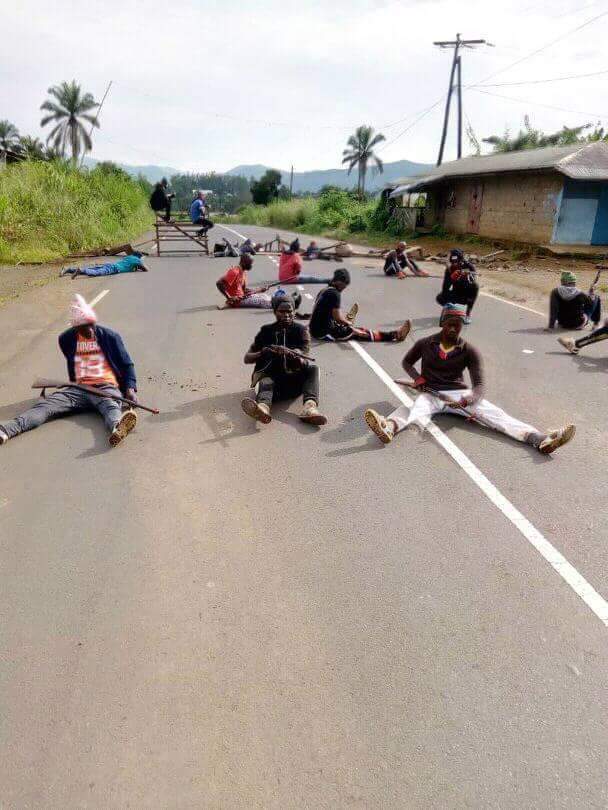
Fast forwarded, various Ambazonian independence movements agreed to form the Southern Cameroons Liberation Council (SCLC), a united front consisting of both separatists and federalists. On April 9, the newly-established SCLC declared an early end to lockdown, citing how it mainly affected civilians.
On August 20, after the ten detained members of the Interim Government of Ambazonia, including President Ayuk Tabe, were sentenced to life imprisonment by the Yaoundé Military Tribunal, violence and uncertainty followed and triggered tens of thousands of people to flee from the Anglophone regions.
Due to the escalation, a government-led effort to reopen at least 4,500 schools by September 2 ultimately failed.
Dialogue or Monologue ?
In September, President Paul Biya announced the Major National Dialogue, a political dialogue that would be held before the end of the month. Opposition parties in Cameroon showed interest in the initiative and started submitting proposals – MRC under Maurice Kamto later withdrew stating certain preconditions for dialogue talks ; they requested open debates, freedom for all political prisoners , involvement of an external mediating body and a huge media coverage.
The dialogue was to be a forum to galvanize the various stake holders; the government, separatists, political leaders, human rights bodies, military and all those involved in the crisis.
But the present dialogue may fail woefully!
It risks replicating the dynamics of national events throughout Cameroon’s history in which the perspectives and grievances of English-speaking representatives, who have made up just a quarter of attendees, have been side-lined.
The dialogue risks repeating the same dynamics that led to the crisis in the first place. These anxieties are reinforced by fears that the ruling Cameroon People’s Democratic Movement will dominate the process as usual
How can there be a dialogue while secessionist leaders, the main people involved in the struggle are absent?
Responding to an invitation from government to be part of the dialogue talks, the diaspora based leaders have said they are willing to travel to Switzerland and the US not Cameroon or many of its neighbours for fear of arrest.
The sentencing of secessionist leaders seized in Nigeria (who are still in prison during dialogue talks) and a recent separatist detained in Ghana have placed doubts the beckon for dialogue holding in Yaounde.
The secessionists have made it clear that they would not partake in a “national dialogue while hundreds of their activists are in prison, several of the movements leaders recently sentenced to life in prison on charges of terrorism and the Anglophone regions are still heavily militarized.
Yaounde sets the terms, leads the process of Dialogue!
Paul Biya, 86, refused the international mediation offered by the Swiss government. He went for a format that many Anglophone Cameroonians are calling a monologue, because they do not feel represented. The Anglophones’ delegations are led by Northwest and Southwest governors officials appointed by the Yaounde government.
Anglophone Cameroonians are fighting for their right to be and to self-govern. Remember that hundreds of pro-independence Cameroonians are languishing in jails and children in the region have not gone to school for three years.
Participants of the ongoing dialogue have expressed dissatisfaction with the process.
It is clear that the agenda of the dialogue is done in advance and imposed on Anglophones.
“Today, we are invited to a National Dialogue whose agenda is completed in advance and imposed once again , if our proposals are ignored, the SDF will have no choice but to withdraw from the dialogue, ” John Fru Ndi said
Bar Akere Muna, 2018 presidential candidate has walked out of the dialogue and called the process a show.
Akere notes there was no participation and no discussion to build way forward.
In a previous tweet, Akere noted that a proposal by Sultan Ibrahim Njoya was sidelined as he demanded that the constitution be changed, presidential mandate dropped to 2 to 5 years with a two round voting at presidential elections.
The diaspora committees have expressed dissatisfaction with the process and said it is not a dialogue but a monologue
“as participants we would like to officially register with the press and let the people know that we are dissatisfied with the entire process. The commissions have already been planned and there is no input, no votes for a rapporteur and no input from anyone” – Marilyn Ndoa, a diaspora leader at the dialogue session.

As the pressure mounts, the dialogue which was expected to be an end to the Anglophone crisis seems to be failing as the crisis deepens.
It is obvious that the meeting will be another giant spiel to solve a fray, a crisis whose casualties are hard to determine.
The 10 billion billed gathering may write another wrong memories like the accused Foumban conference of July 1961
16 July 1961, 11o’clock, standing before a long table covered with a green tablecloth set up in one of the rooms of the Complimentary Court, Ahmadou Ahidjo opened the session of the first Constitutional Conference bringing together representatives of the Republic of Cameroon and those of Southern Cameroon ( then a United Nations Trusteeship Territory)
A feast, a conference, a monologue held in the town of Foumban, the same town Ahidjo himself considered a relaxing spot; he went to relax from time to time, as a result of his close friendship to the Sultan Njimoluh Seidou and to Arouna Njoy …
Aside !
Note that in May 2019, they were estimated to be around more than 2,000 people killed though anglophone groups have disputed these figures.
While federalist movements claimed that the conflict had taken 3,000 to 5,000 lives as of 2019, separatists claimed that between 5,000 and 10,000 people had been killed.
As of May 2019, at least 530,000 people had been internally displaced, and 35,000 had fled to Nigeria. In June 2019, UNICEF said that 1.3 million people in the Anglophone regions needed humanitarian aid.
To be continued …
Curled from archived reports, ARREYB Media (since 2016),
Private interviews
The Post Newspaper
Equinox TV
Wilkipedia
Online reports and investigations
Since 2017, we have staked our lives to provide tailor-made news reports to our readers from war zones and hot political rivalries in Cameroon - And we do so for FREE.
As a small online media now reaching over 100,000 monthly readers on all our platforms, we have to rely on hiring a small team to help keep you informed
The best way to support our online reporting is by considering a measly sum for our team on the ground as little as $1. Now you can make a donation to us below, it only takes one click...
[sdonations]1[/sdonations]





